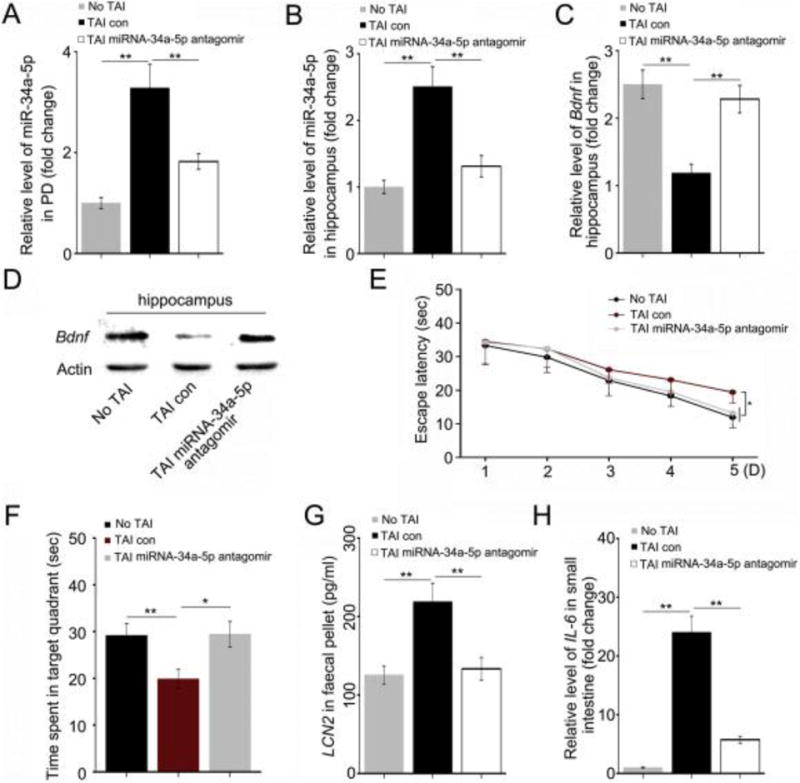Figure 4. Tail intravenous injection of miR-34a-5p antagomir mitigates TAI-impaired cognitive function through restoring the expression of Bdnf in hippocampus.

(A, B) The levels of miR-34a-5p in PB (A) and hippocampus (B) were assessed by qRT-PCR. The samples were obtained from mice without TAI, with TAI or treated with miR-34a-5p antagomir following TAI individually. **P < 0.01; Student t-test, n = 12. (C, D) The mRNA and protein levels of Bdnf were assessed by qRT-PCR and Western blotting in hippocampus. The hippocampi were acquired from the above three cohorts. **P < 0.01; Student t-test, n = 12. (E) The escape latency time to reach the hidden platform during the 5 days of Morris water maze test was assessed. F (1, 47) = 4.399 between control and TAI group, F (1, 47) = 4.988 between TAI and TAI with miR-34a-5p antagomir group, *P < 0.05, ANOVA, n = 12. (F) The times spent in target quadrant and swimming traces in 60 s at day 6 of Morris water maze were shown. F (1, 11) = 9.720 between control and TAI group, **P < 0.01; F (1, 11) = 9.484 between TAI and TAI with miR-34a-5p antagomir group, *P < 0.05, ANOVA, n = 12. (G) The level of faecal LCN2 was measured by ELISA. The faeces pellets were acquired from the above three cohorts. (H) The mRNA level of IL-6 in small intestine tissues was examined by qRT-PCR. The small intestine tissues were acquired from the above three cohorts. **P < 0.01; Student t-test, n = 12.
